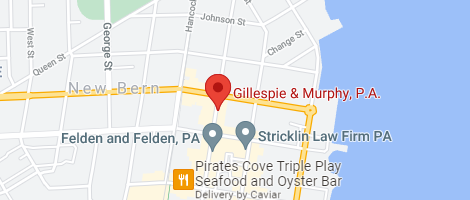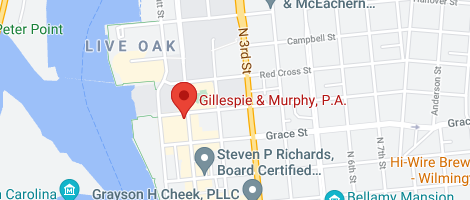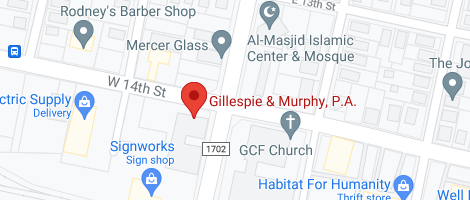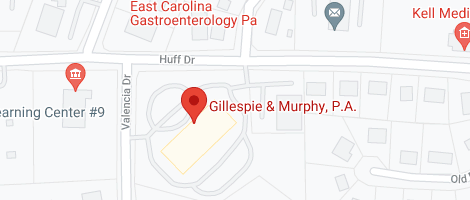You work. You receive a regular paycheck and make good-enough money. Yet somehow, you find yourself struggling with debt. To regain control of your finances, you may consider filing for Chapter 13 bankruptcy.
Before filing for Chapter 13, you should understand how the repayment plan works, so you may better decide if this is the right debt relief option for you.
Creating the repayment plan
According to the Administrative Office of the U.S. Courts, filing for Chapter 13 bankruptcy involves submitting a repayment plan to the court. Through this plan, you must provide for fixed monthly payment amounts made toward paying down your debts.
Your plan should apply all your disposable income over the commitment period to paying your priority claims in full. It should also include payment for at least the value of the property of any collateral associated with secured claims if you wish to keep the property. Provided your plan requires you to pay all your projected disposable income, you may not have to pay back unsecured claims in full.
Following through with repayment plans
Whether the court has approved the plan or not, you must begin making your repayment plan payments within 30 days of filing your bankruptcy case. Depending on your family size and current monthly income at the time you filed your case, you must make the necessary payments to your bankruptcy trustee for the commitment period of three years or five years.
You may submit your payments directly or have them automatically withdrawn through payroll deduction. Should you fail to make your payments, the court may convert yours to a Chapter 7 case or dismiss it.











